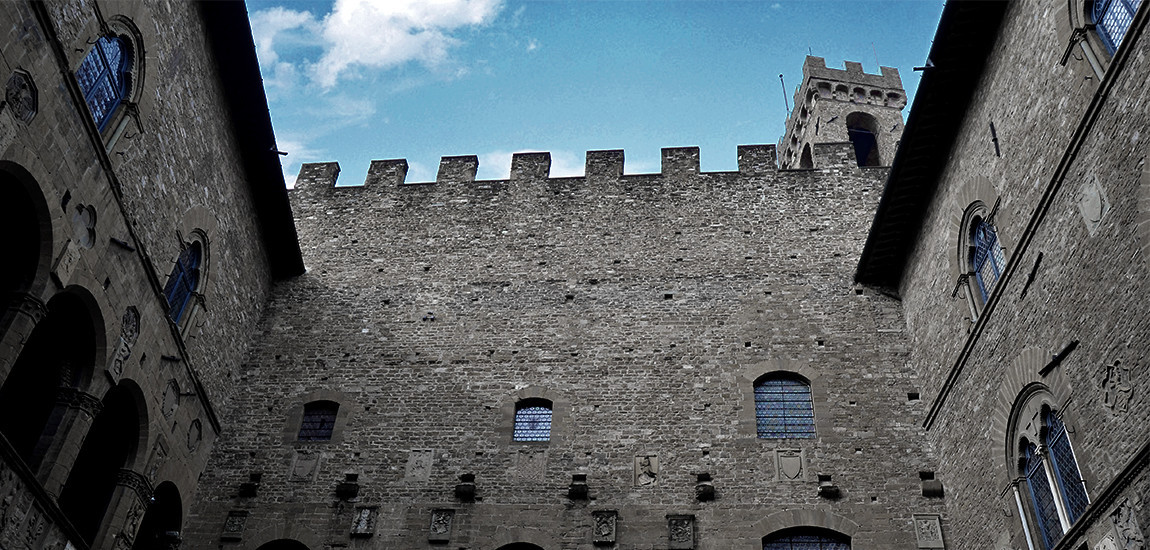
Florentine tortures
The Bargello, today
a museum that houses one of the most important Renaissance collections of
sculptures in the world, as well as a vast collection dedicated to the applied
arts, was originally built as a residence of the Potestà in the 13th century. Subsequently
it housed the Otto di Guardia e di Balia and later on the Council of Justice or
Wheel. It was in fact, the office of the Florentine criminal court for over a
century.
It was only in 1574 that it became the residence of the Captain of Justice, who
was called "bargello".
Interrogations, torture and executions took place inside the building which was
therefore equipped with cells for the condemned and the suspects.
The Palco dei Supplizi, where the executions took place, was set up in the
courtyard. The bodies were displayed hanging by the windows upside down, as a
macabre warning to the population.
Although Tuscany was the first state to abolish the death penalty at the behest
of the Grand Duke Pietro Leopoldo di Lorena, in 1782; Florence was not immune
to the practice of torture, an instrument with which for centuries the
authorities tried to extort the "truth" from criminals.
An inhuman method
that most of the time stole false confessions from the dying convicts.
Ironically, confessions or admissions of guilt under torture were not accepted.
In fact, when the persons subjected to torture declared that they wanted to
speak, the torture was suspended and they were left alone to speak without
coercion. Clearly, if what the condemned had to say was not to the liking of
the torturer, the torture was resumed.
In Florence the most practiced torture was certainly that of the
"rope", which consisted in tying the hands behind the back of the investigated,
which by means of pulleys, would be lifted from the ground. Imaginable, is what
would happen at that point to the bones and muscles of the limbs of the wretched
man or woman.
This torture could last for hours, during which weights were gradually added to
the feet of the victim.
Another torture that raged on the limbs was the "ligatura", which
consisted of tying the wrists tightening the rope more and more until it
dislocated or broke the victim's arm.
Also widely used was the torture of the "tassilli", during which under
the nails of the suspects were stuck splinters soaked in pitch and then set on
fire.
Lastly, the "veglia" or “Judas cradle” was one of the most terrible.
This torture consisted in lowering the victims on to a sort of pointed wooden
pyramid, forcing them to sit down and thus ending up impaled.
They seem to come out from the worst of horror movies, but these types of tortures
really existed, along with many others. Terrible practices, the mere thought of
which provokes goose bumps. In comparison, the stories of ghosts and monsters
that are told during Halloween seem just fairy tales for children...



